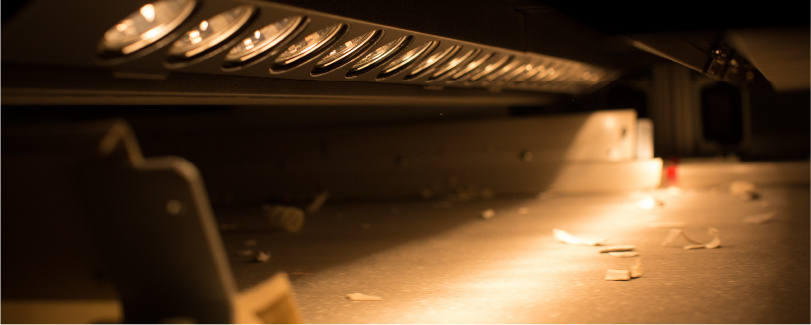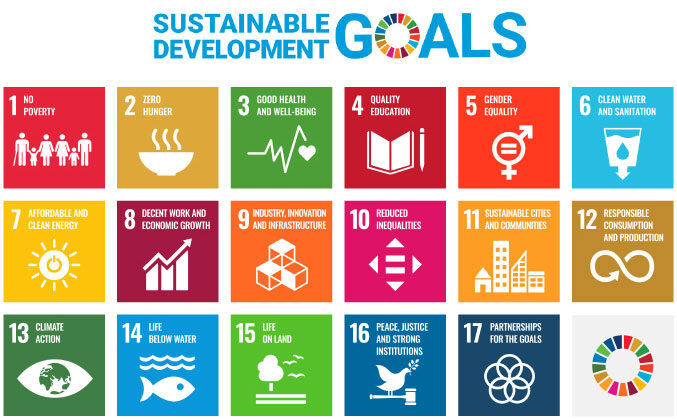
Panasonic turns end-of-life home appliances into reusable resources.
Panasonic turns end-of-life home appliances into reusable resources
Panasonic is transforming its product manufacturing process to look ahead to the end-of-life stage by implementing “recycling-oriented manufacturing.” As recycling technology steadily advances, the ultimate goal is to be able to convert iron, copper and plastics from waste bound for landfills to resources that have top value in new-product manufacturing.
Support for the elimination of plastic is growing as the world moves toward a “circular economy,” in which no waste is generated. Electric home appliances are made of metal, glass and plastic. There is growing pressure to recover and reuse these materials rather than simply discard them. Panasonic has developed technologies, production methods and equipment for the efficient recovery and reuse of valuable resources from end-of-life home appliances, transforming them into manufacturing materials.
Recycling-oriented manufacturing has two aims. One is the minimization of input resources and the maximization of recycled resources. The second is the reduction—to zero—of the final disposal volume of waste generated through manufacturing activities.
Making products from recycled resources
Advanced technologies are required for the recovery of resources from end-of-life home appliances for recycling purposes. While minimizing input resources by reducing product weight and size at the manufacturing stage, Panasonic is proceeding with initiatives toward recovering a larger volume of recyclable resources through the introduction of new technologies at its recycling facilities.
A key dimension of resources recycling is the work performed at the Panasonic Eco Technology Center Co., Ltd. (PETEC), a recycling facility established in Hyogo Prefecture, Japan in 2000. At PETEC, Panasonic is successfully recovering valuable resources such as plastic, iron and copper at a high degree of purity from end-of-life televisions, air conditioners, refrigerators and washing machines.
The high-precision resin selection system using near-infrared identification technology

Resins extracted with high purity are conveyed to begin their new role as recycled materials
17 Sustainable Development Goals (SDGs)
The high-purity recycled resources that have been extracted are reborn as “resources recycling-oriented products.” The recycled resin is in internal parts for air conditioners, refrigerators and inductive heating (IH) cooking heaters. The vacuum insulation that uses glass wool recycled from television cathode-ray tubes (CRTs) is used in new refrigerators. By expanding these kinds of resources-recycling technologies from domestic use in Japan to the world at large, Panasonic aims to contribute to the achievement of the UN’s Sustainable Development Goals (SDGs), and to the realization of a sustainable society.

Sustainable development goals
- No poverty
- Zero hunger
- Good health and well-being
- Quality education
- Gender equality
- Clean water and sanitation
- Affordable and clean energy
- Decent work and economic growth
- Industry, innovation and infrastructure
- Reduced inequalities
- Sustainable cities and communities
- Responsible consumption and production
- Climate action
- Life below water
- Life on land
- Peace, justice and strong institutions
- Partnerships for the goals




